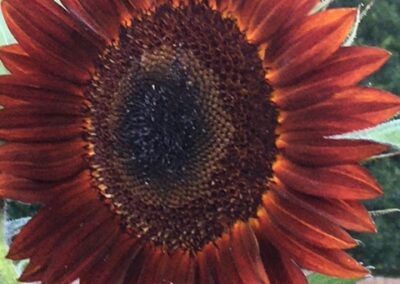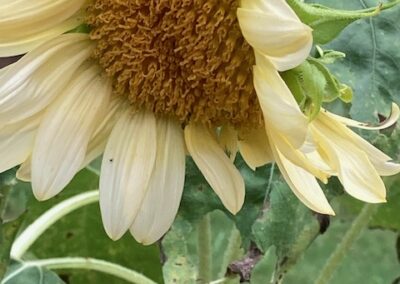
Sunflower
Sunflowers come in a surprising array of colors, from reds, purples, white, chocolates, and the yellow that is commonly associated with them. They range in size from giants, growing 14+ feet tall, to dwarfs, growing 2-3 feet tall. And they aren’t just good for their beauty. They make a good trap crop to protect tomatoes and are food for birds.
|
Autumn Beauty Mix; Evening Sun; Fun ‘N Sun Blend; Here Comes the Sun Mix; Mammoth; Pikes Peak; Santa Lucia; Sunspot; Velvet Queen; Titan |
|
Helianthus annuus |
|
Can be used as a trap crop |
|
Easy |
|
Easy |
|
2-3 years if properly stored |
|
Annual |
|
Mammoth: 14-21 days The Rest: 7-14 days |
|
None |
|
1/4 – 1/2 inches |
|
|
|
Full Sun |
|
|
|
March, April, & May |
|
Yes |
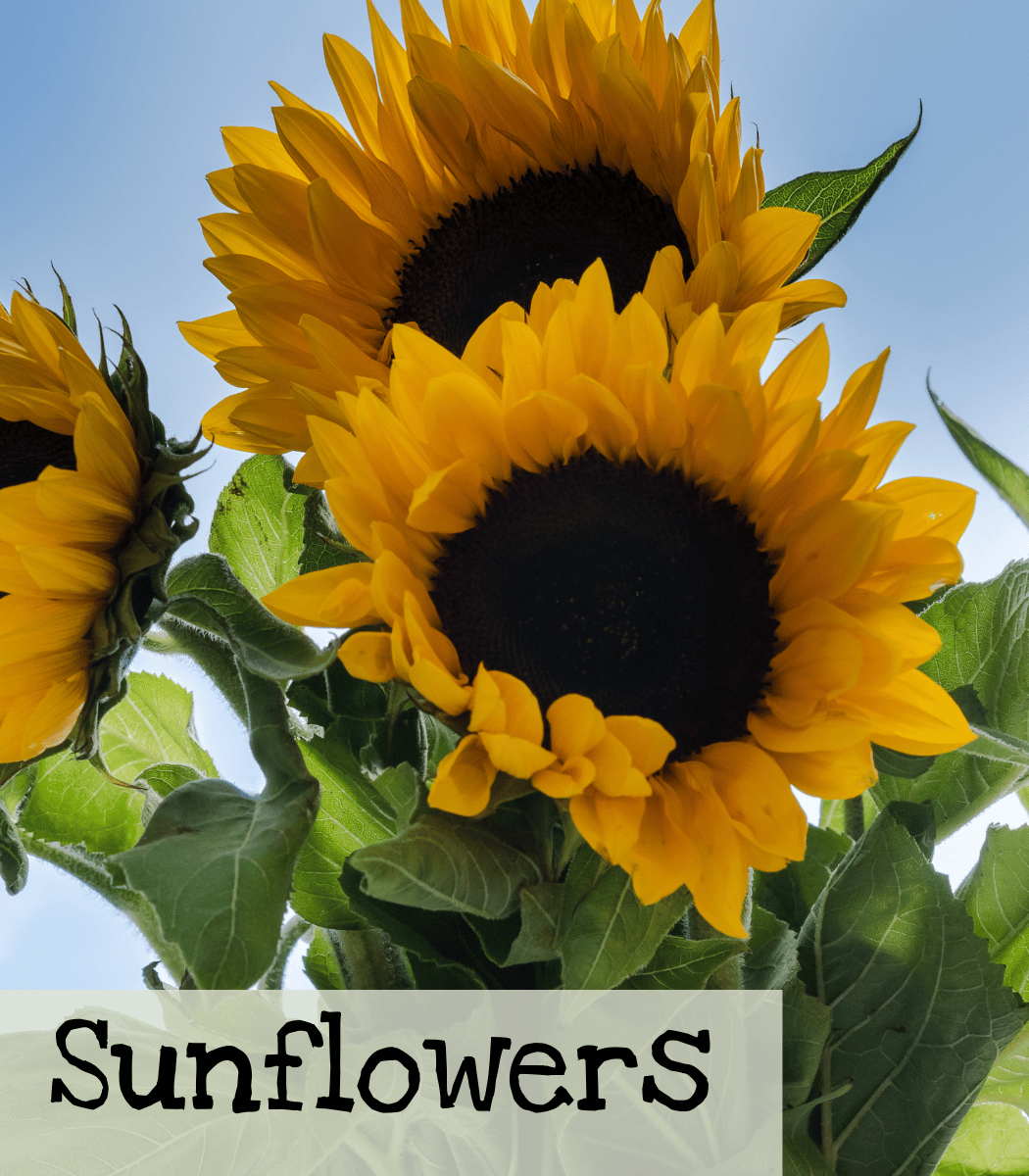
Table of Contents

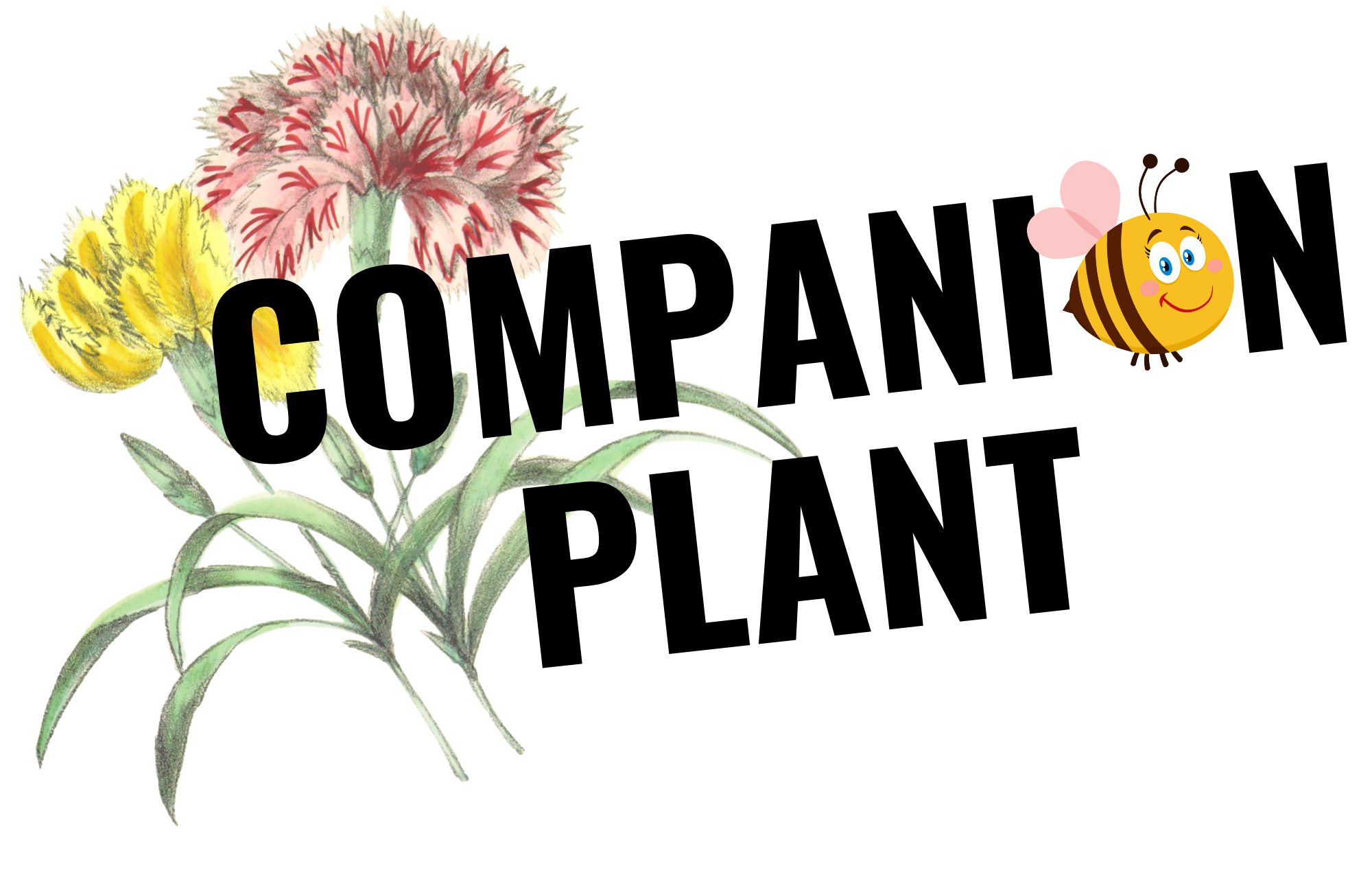
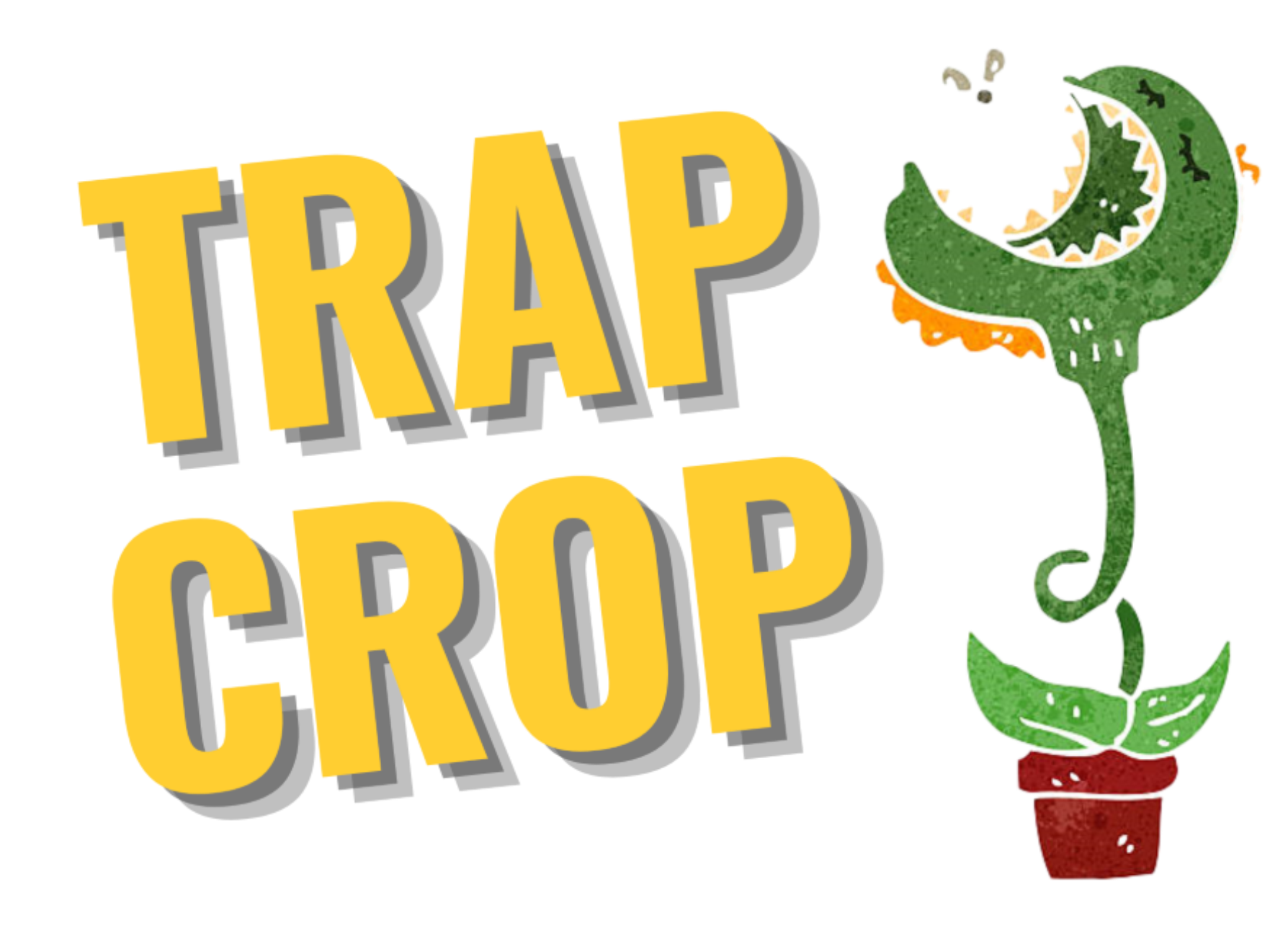
When to Start
Direct sow after all danger of frost has passed. (May 1 for Jefferson, GA)
Trap Cropping: Start soon enough so that the plant is blooming at the time the pests you are trying to contain arrive. Depending on what plant you are trying to protect, you may need to start indoors.
How to Start
Direct sow in full sun beds. Sow to a depth of 1/4 to 1/2 inches. Be aware sunflower seed shells do contain a substance that is toxic to grass. So, you will need to either harvest the sunflower heads before the seeds begin to fall out or you will need to plant your sunflowers in a location where you do not mind any nearby grass being killed.
You can start indoors by using pre-moistend seed starting mix. Sow into cells or pots 4-6 weeks before the last frost. I usually wait until the first of April to start mine for my area. Place the cells or pots under growlights. Harden off and then transplant after all danger of frost has passed.
Care
Sunflowers come in sizes that range from dwarf varieties, which can be as small as a foot and a half tall, to giant varieties, which grow to be over twelve feet tall and may need staking.
Sunflowers require very little maintenance. Be careful to not over-water during germination and in the seedling stage as this can cause mildew and dampening off.
Keep in mind the height of the sunflower variety you have chosen. A giant, twelve-foot variety will end up acting very much like a small tree and may shade the surrounding flowers. Sunflowers can also help you to attract local birds to your garden. Birds and squirrels can be a problem when it is time to harvest seeds.
Trap Cropping
When using sunflowers as a trap crop, follow one of the methods found in ‘Trap Cropping.’ (Link below.) Sunflowers are great when planted as a trap crop with tomatoes. They help protect tomatoes from the Eastern Leaf-footed bug. They also double as a companion plant attracting birds that will eat tomato hornworms.
My personal experience
Sunflowers are a happy, fun flower to grow. Mine are not just pleasing to look at, but they are planted with a purpose. I grow them mainly as a trap crop. Each year, I start them indoors just a few weeks before transplanting. I find this works better for me.
Four are planted at each end of my 2 tomato rows. The Eastern-leaf footed bug prefers sunflowers over tomatoes. They will be all over the sunflowers, even when they are almost dead and leave my tomatoes alone.
I’ve grown all sizes colors! My favorite ones are unusual colors like reds, purples, greens and whites. I’ll save the seed heads and place them outside during the winter months for the birds to enjoy!
Seed Saving

Isolation Distance
Insect dependent for pollination. Isolate 1/2 mile to prevent cross-pollination.
Instructions
Sunflower harvesting is a favorite pastime of birds, squirrels, field mice, and deer. To beat the local wildlife, it is important to know when to harvest sunflowers. Harvesting sunflowers is easy, but deciding when to harvest sunflowers can give some gardeners pause.
Harvest sunflowers when their petals become dry and begin to fall. The green base of the head will turn yellow and eventually brown. Seeds will look plump and the seed coats will be fully black or black and white stripes depending on the variety. If animals or birds are a problem, you can cover the heads with fine netting or paper bags as soon as the petals begin to wilt.
One method for harvesting sunflower seeds allows the seeds to fully ripen on the stem. When seeds are fully ripened and just beginning to loosen from the head, cut the stem about one inch below the head. Now briskly rub the seeds from the head with your hand, blow off the chaff and allow the seeds to dry before storing.
The second method for harvesting sunflowers begins when about two-thirds of the seeds are mature. Cut a long piece of stem, 3 to 4 inches works well. Wrap a paper bag around the head and hang the heads in a well-ventilated area for a few weeks to dry. Make sure the area is warm, but not hot.
Features
- Edible flowers
- Companion plant
- Trap crop
- Attracts pollinators
- Easy maintenance
- Autumn Beauty Mix: Branching blooms come in different shades of orange, yellow, bronze, and red. The blooms are 4-6 inches across and are strong-stemmed. Good for cut flowers.
- Evening Sun: Blooms are medium-large in shades of burgundy, rust, bronze, bright yellow, and crimson.
- Fun ‘N Sun Blend: Filled with singles and fluffy double blooms. Some blooms are a hefty 8″, some only 3″. There are wine reds, rich golds, soft yellows, white chiffon, and bicolor, too.
- Here Comes the Sun: A mix of Autumn Beauty, Earthwalker, Evening Sun, Lemon Queen, Double Sungold, and Velvet Queen.
- Mammoth: One of the oldest sunflower varieties. Twelve-foot-tall plants with huge heads produce seeds that are good for snacking or feeding wildlife throughout winter.
- Pike’s Peak: Towering 12-15 feet high, these sunflowers produce the largest sunflower seeds in the world. Seeds can be as large as 1 1/2 long.
- Santa Lucia: Plants produce abundant, bright semi-double flowers on branching plants.
- Sunspot: Hugh 12-inch blooms on a dwarf 18-inch-tall plant.
- Velvet Queen: The blooms are velvety mahogany-red.
- Titan: Super-sized blooms can reach 24 inches across.

Use tomato cages or tall steaks and tie up taller varieties.
Sunflowers are a great companion plant for tomatoes. Plant near tomatoes to attract birds, which will, in turn, eat tomato hornworms!
Sunflowers are also a great trap crop for the Eastern Leaf-footed bug. Plant near tomatoes (or other plants you wish to protect from these bugs) to draw the bugs away from tomatoes!
For more on Trap cropping and Companion planting see Pest Managment.
You May Also Like:
Four Must-Have Flowers for Your Garden
Trap cropping: How to keep pests out of your main crop.
Sources:
Edible Flowers: How, Why, and When We Eat Flowers by Monica Nelson
Starting & Saving Seeds by Julie Thompson-Adolf

